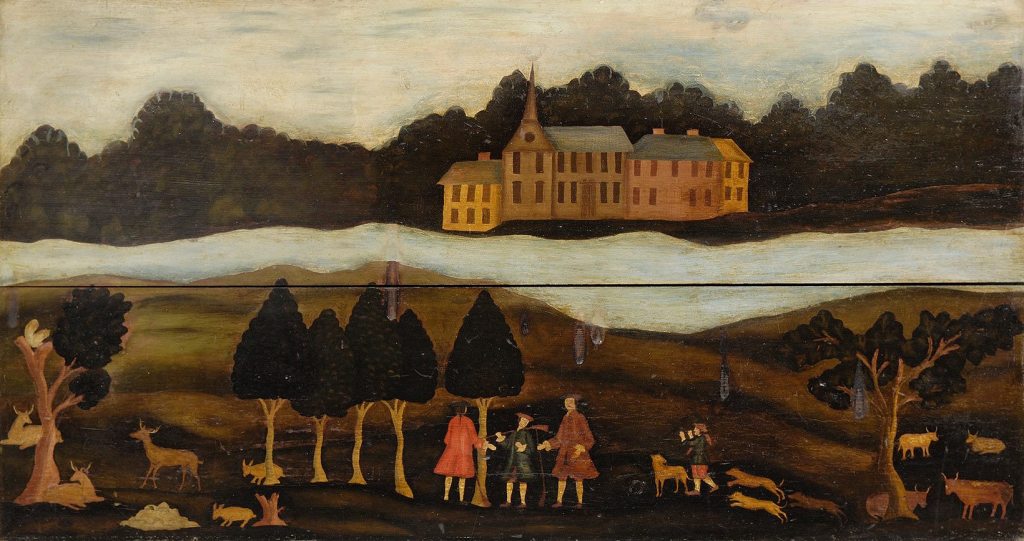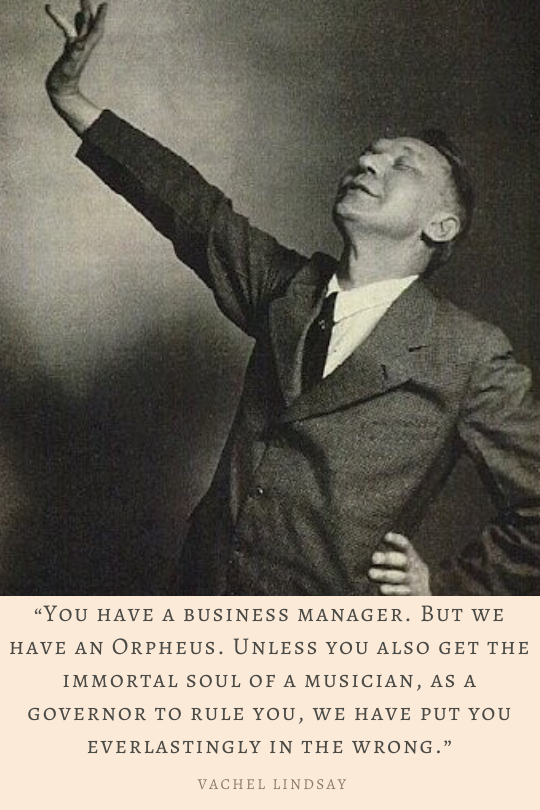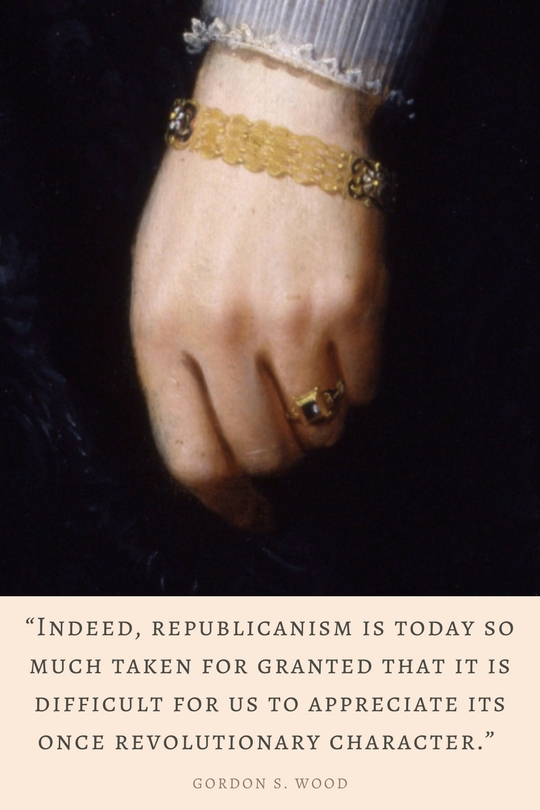J. Hector St. John on What Is An American

“In this great American asylum [haven], the poor of Europe have by some means met together, and in consequence of various causes.” (J. HECTOR ST. JOHN DE CRÈVEŒUR, LETTERS FROM AN AMERICAN FARMER)
“What then is the American, this new man? . . . He is an American, who, leaving behind him all his ancient prejudices and manners, receives new ones from the new mode of life he has embraced, the new government he obeys, and the new rank he holds.” (ibid.)
EXCERPT FROM LETTER III FROM AN AMERICAN FARMER PUBL. 1782
French-American writer and farmer, Michel-Guillaume Jean de Crèvecoeur — an enthusiasm shared by John Adams in the early periods: “We have no princes for whom we toil, starve, and bleed. We are the most perfect society now existing in the world. Here man is free as he ought to be…”
Crèvecoeur, or J. Hector St. John describes his experience way from home in his letters about the American.
“I wish I could be acquainted with the feelings and thoughts which must agitate the heart and present themselves to the mind of an enlightened Englishman when he first lands on this continent. He must greatly rejoice that he lived at a time to see this fair country discovered and settled. He must necessarily feel a share of national pride when he views the chain of settlements which embellishes these extended shores. When he says to himself, this is the work of my countrymen who, when convulsed by factions, afflicted by a variety of miseries and wants, restless and impatient, took refuge here. They brought along with them their national genius to which they principally owe what liberty they enjoy and what substance they possess. Here he sees the industry of his native country displayed in a new manner and traces in their works the embryos [origins] of all the arts, sciences, and ingenuity which flourish in Europe. Here he beholds fair cities, substantial villages, extensive fields, an immense country filled with decent houses, good roads, orchards, meadows, and bridges, where a hundred years ago all was wild, woody, and uncultivated!
What a train of pleasing ideas this fair spectacle must suggest! It is a prospect which must inspire a good citizen with the most heartfelt pleasure. The difficulty consists in the manner of viewing so extensive a scene. He is arrived on a new continent; a modern society offers itself to his contemplation, different from what he had hitherto seen. It is not composed, as in Europe, of great lords who possess everything and of a herd of people who have nothing.” (“What Is an American?” Letter III of Letters from an American Farmer, Michel-Guillaume Jean de Crèvecoeur (as James Hector St. John), written ca. 1770-1778, published 1782, selections.)
John Adams indicated, that the American has become wholly something new and unique, as a young nation and people from their European counterparts. The very idea and symbolism of the Thirteen Colonies recognized the main ethnic groups that built the early American colonies, and they constituted in the minds of these early American settlers, a new race. This refers to the peopling of North America — a mixture of English, Scots, Irish, French, Dutch, Germans and Swedes. Crèvecoeur refers to this diversity and mixture of European peoples in America in his time, which made up the overwhelming majority of the country. The idea of the ‘American’ was considered to be a ‘new man’ and a ‘new race’ — the white race.
In relation to Crèvecoeur, John Adams had written in a letter to an ambassador in 1785:
“Neither my father or mother, grandfather or grandmother, great grandfather or great grandmother, nor any other relation that I know of, or care a farthing for, has been in England these one hundred and fifty years; so that you see I have not one drop of blood in my veins but what is American.” (To an ambassador, 1785, The Works of John Adams, Second President of the United States: Autobiography, 1851, pg. 392.)
This is the honest fact, as the argument, the very idea and original symbolism (the banquet of flowers) of our diversity (a mixture of foreigners) was founded upon the creation of these racial identities and evolved. It still remains part of a cruel, terrible history of actions committed against other peoples, which we all know well and should keep in mind.
“Crèvecoeur’s answer to the question was flattering to Americans of his own day, and it still reverberates in a society that has never stopped asking the same question of itself.”
Edmund S. Morgan, “Second Thoughts” (review of More Letters from the American Farmer: An Edition of the Essays in English Left Unpublished by Crèvecoeur, ed. Dennis D. Moore, 1995), The New Republic, 10 July 1995, p. 36









